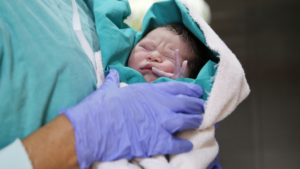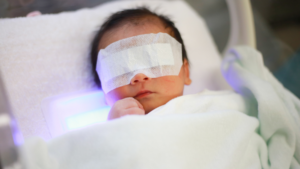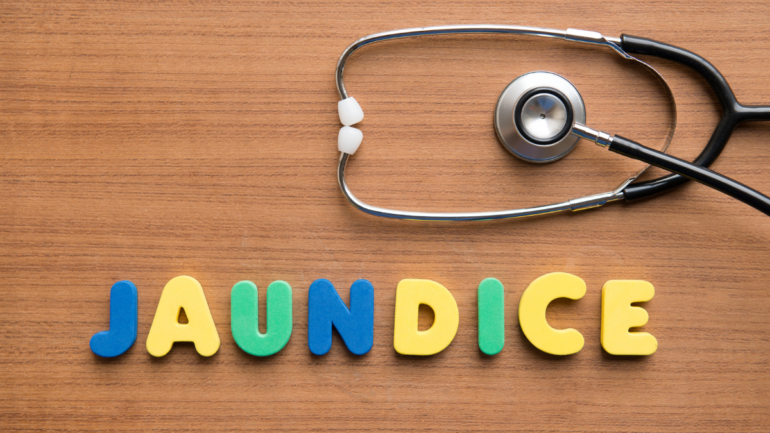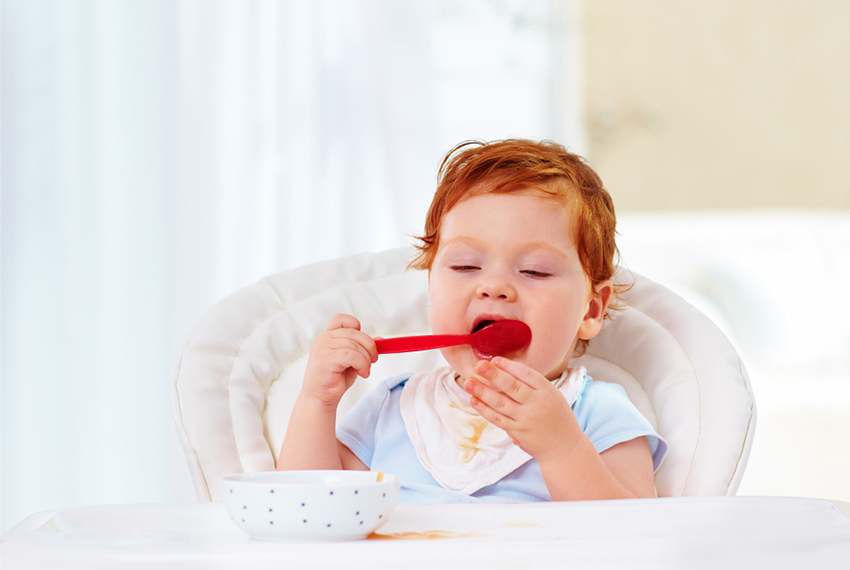As new parents, the journey of caring for your bundle of joy is filled with joy, wonder, and occasional challenges. One of the common issues that may arise during the early days is jaundice in newborns. While it can be a cause for concern, it is essential to understand that jaundice is a natural occurrence in many babies and often resolves on its own. In this comprehensive guide, we will delve into the ins and outs of jaundice, its causes, symptoms, treatments, and when to seek medical attention.
Jaundice Unraveled: A Must-Know Guide for New Parents
What is Jaundice?

Jaundice is a common condition in newborns characterized by the yellowing of the skin and the whites of the eyes. This occurs due to the accumulation of bilirubin, a yellow pigment produced during the natural breakdown of red blood cells. Newborns are more susceptible to jaundice because their livers are still developing and might not be able to efficiently process bilirubin.
Causes of Jaundice in Infants

Several factors can contribute to the development of jaundice in newborns. The most common ones include:
- Physiological Jaundice: This is the most frequent type of jaundice in babies and typically appears within the first week of life. It is harmless and usually resolves within a couple of weeks.
- Breastfeeding Jaundice: Occurs when newborns do not receive enough breast milk, leading to dehydration, which in turn slows down the elimination of bilirubin.
- Breast Milk Jaundice: A less common type of jaundice that can appear after the first week of life, often caused by certain substances in breast milk that interfere with bilirubin elimination.
- Blood Group Incompatibility: Sometimes, if the baby’s blood type is incompatible with the mother’s, it can lead to an increased breakdown of red blood cells, resulting in jaundice.
- Infections or Liver Conditions: In rare cases, jaundice may be caused by infections or liver-related conditions.
Signs and Symptoms

The hallmark sign of jaundice is the yellow discoloration of the skin and eyes. Other symptoms might include:
- Baby appears tired and lethargic.
- Poor feeding or sucking.
- Dark urine and pale stools.
- High-pitched crying.
Treatment and Management

In most cases, jaundice is a temporary condition that does not require treatment. However, if bilirubin levels are excessively high or the baby shows signs of severe jaundice, intervention may be necessary. Treatment options include:
- Phototherapy: Placing the baby under special blue lights help break down bilirubin into a form that can be easily eliminated.
- Frequent Feedings: Encouraging frequent breastfeeding or formula feeding can help eliminate bilirubin through the baby’s stools.
- Hydration: Ensuring the baby is adequately hydrated can aid in the elimination of bilirubin.
When to Seek Medical Attention

While jaundice is generally harmless, there are situations where immediate medical attention is crucial:
- Jaundice within the first 24 hours of life.
- Rapid and severe onset of jaundice.
- Jaundice accompanied by a fever or signs of infection.
- Baby showing signs of dehydration, such as reduced wet diapers.
Conclusion
Jaundice is a common occurrence in newborns and is often a transient and harmless condition. As a parent, it is essential to be aware of the signs and symptoms of jaundice and understand that it typically resolves on its own. Nevertheless, always communicate any concerns with your pediatrician, as they can provide guidance and reassurance during this important stage of your baby’s life. With proper care and medical attention when needed, your little one will be healthy, happy, and flourishing in no time.







